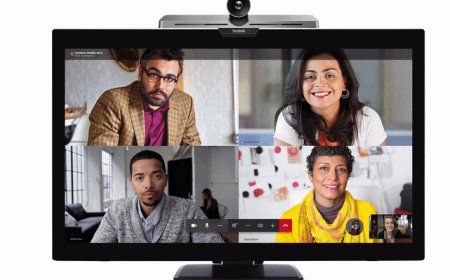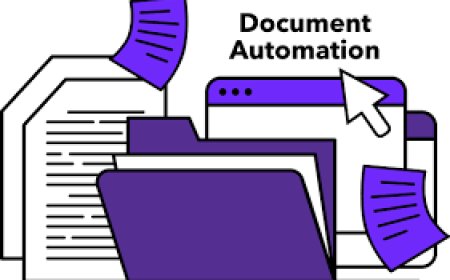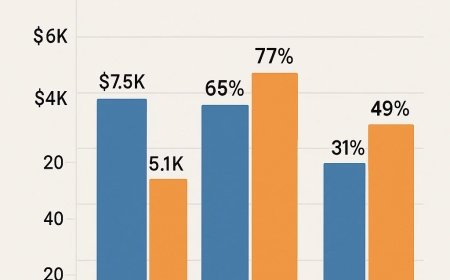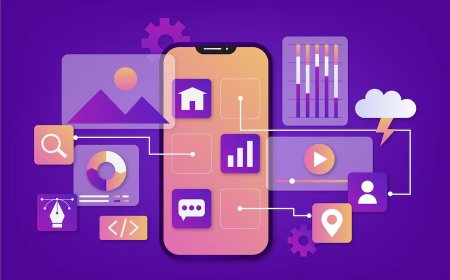Review of Open-Source Phone Diagnostic Software
Compare open-source tools to Phone Clinix, the top phone diagnostic software for professionals seeking accuracy, reporting, and multi-brand support.
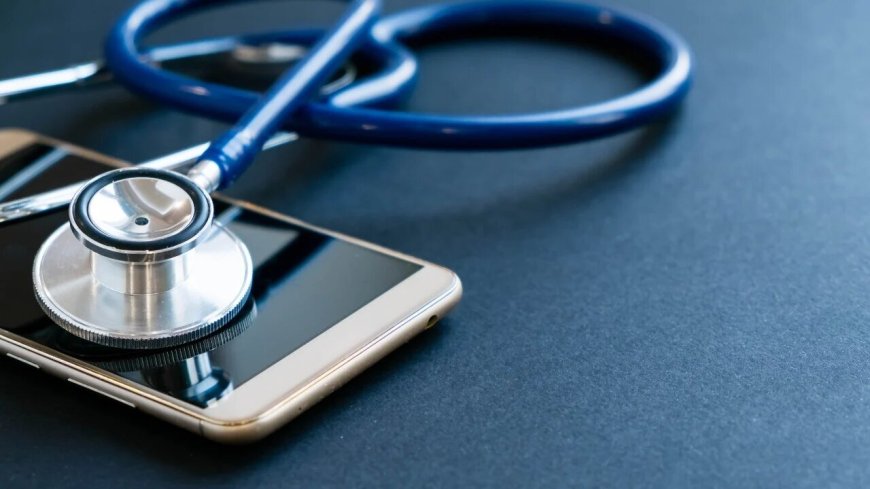
In todays fast-paced mobile technology landscape, maintaining and repairing smartphones efficiently is a high priority for technicians, developers, refurbishers, and quality assurance teams. At the core of these operations lies phone diagnostic software, a class of tools designed to evaluate the hardware and software health of mobile devices. While commercial solutions like Phone Clinix offer a robust and enterprise-grade experience, theres growing interest in open-source phone diagnostic softwareespecially among developers, small repair shops, and educational institutions looking for budget-friendly solutions.
This article presents a detailed review of popular open-source phone diagnostic software, compares their features with professional tools like Phone Clinix, and helps readers understand when and how these tools can be effectively used.
What Is Phone Diagnostic Software?
Phone diagnostic software is designed to assess the performance of smartphone components such as the screen, battery, CPU, memory, sensors, camera, connectivity, and system health. These tools help:
-
Identify failing components
-
Detect software glitches
-
Validate repairs
-
Ensure quality control before resale
-
Troubleshoot user complaints
While commercial tools like Phone Clinix are feature-rich, open-source alternatives provide basic diagnostic capabilities with the added benefit of customization and zero licensing fees.
Why Consider Open-Source Diagnostic Tools?
There are several reasons why someone might opt for open-source options:
-
Cost-efficiency: Free to use, ideal for startups and educational use
-
Customizability: Developers can modify features to fit specific needs
-
Community support: Bugs and improvements are managed by a community of users
-
Transparency: Access to source code ensures no hidden operations or data collection
However, these advantages come with trade-offs in terms of support, ease of use, and feature completeness compared to tools like Phone Clinix.
Popular Open-Source Phone Diagnostic Software Tools
Lets review some of the most widely used open-source options in the diagnostics space.
1. TestM (Open Community Edition)
TestM once offered a fully featured app with some components made available in an open SDK format for community use. While its commercial version is now limited, some codebases exist online that have been forked by developers.
-
Pros:
-
Easy-to-use interface
-
Runs basic hardware tests (screen, mic, camera, sensors)
-
Available for Android
-
-
Cons:
-
No regular updates
-
Limited support for newer Android versions
-
No multi-device support or reporting features
-
2. AndroSensor
While not fully open-source, AndroSensor has inspired many open forks. It focuses on monitoring and testing Android sensors.
-
Pros:
-
Real-time sensor data (accelerometer, gyroscope, magnetic field, etc.)
-
Graphing tools
-
Good for educational environments
-
-
Cons:
-
Lacks diagnostic workflows
-
No report generation
-
Only covers sensor components
-
3. Open Device Lab Toolkit
This toolkit is primarily used by developers to benchmark and monitor device behavior, but it can be adapted for diagnostics.
-
Pros:
-
Command-line utility for Android device info
-
Open ADB-based interface
-
Great for batch testing scripts
-
-
Cons:
-
Not user-friendly for technicians
-
Requires technical knowledge
-
No visual interface or reports
-
4. AIDA64 for Android (Free Version)
AIDA64 is not open-source but does inspire open-source alternatives in GitHub repositories. Some forks of its diagnostic capabilities are shared within development communities.
-
Pros:
-
Detailed system-level hardware info
-
Can identify CPU, GPU, screen, and battery stats
-
Ideal for device profiling
-
-
Cons:
-
Lacks automated diagnostics
-
No repair-focused workflow
-
No support for iOS or multi-brand comparisons
-
Comparing Open-Source Tools to Phone Clinix
Lets compare the strengths and weaknesses of open-source diagnostic software against Phone Clinix, a professional-grade phone diagnostic software used by repair centers and refurbishers worldwide.
| Feature | Open-Source Tools | Phone Clinix |
|---|---|---|
| Device Compatibility | Mostly Android-only | Android + iOS, all major brands |
| Multi-brand Testing | Limited | ? Yes |
| Automated Testing | Manual or script-based | ? Yes |
| Reporting & Export | Not supported or minimal | ? Detailed reports, printable and savable |
| UI/UX | Developer-focused | ? User-friendly interface |
| Battery & Sensor Analysis | Basic to advanced (varies) | ? Advanced diagnostics, calibration, cycle count |
| Support & Updates | Community-driven | ? Regular updates and professional support |
| Cloud Integration | Rare | ? Available |
| Training Resources | Sparse | ? Video tutorials, onboarding, manuals |
When to Use Open-Source Phone Diagnostic Software
While Phone Clinix remains the top choice for professionals seeking reliability and consistency, open-source tools are useful in the following scenarios:
-
Developer Labs: For those building apps or testing on a range of devices, open-source tools can help with profiling and system monitoring.
-
Technical Education: Teaching basic diagnostics and hardware behavior in academic settings without licensing costs.
-
Hobbyist Repairs: Individuals repairing phones casually may benefit from free, basic testing tools.
-
Budget-Constrained Startups: Small shops just starting out might begin with open-source before upgrading to commercial options.
Challenges of Using Open-Source Diagnostic Software
Despite their appeal, open-source options come with drawbacks:
-
No Centralized Support: Users rely on community forums, which may not be timely or reliable.
-
Security Risks: Open repositories are prone to forks that may not be secure.
-
Limited Updates: Many projects become abandoned or dont keep up with new devices.
-
No Certification or Reports: Professionals require formal documentation for warranties or audits, which open-source tools typically lack.
The Professional Advantage of Phone Clinix
For repair businesses, pre-owned phone sellers, refurbishers, and enterprise QA teams, using Phone Clinix offers unmatched benefits:
-
Complete Diagnostic Suite: From screen testing to battery cycles, microphone checks, sensor calibration, and more.
-
Multi-Brand and Multi-Platform: Seamless operation across Android and iOS devices.
-
Professional Reports: Shareable, branded diagnostics for transparency with customers.
-
Cloud and Local Storage: Manage device history and diagnostics over time.
-
Training and Support: Live onboarding and detailed documentation help teams scale confidently.
Phone Clinix is not only a phone diagnostic software but also a business productivity tool that integrates seamlessly into repair workflows and improves customer trust.
Final Thoughts: Open-Source vs. Phone Clinix
Open-source phone diagnostic software can be a powerful asset when used correctly, especially for developers and learning environments. However, they lack the depth, polish, and professional-grade features of solutions like Phone Clinix.
Heres a quick summary:
-
Choose Open-Source if you're learning, experimenting, or testing basic functionality.
-
Choose Phone Clinix if you're running a professional service, managing volume diagnostics, or need formal testing and reports.
In the end, both have their place. Open-source tools provide freedom and flexibility, but when it comes to speed, reliability, and enterprise-grade support, Phone Clinix is the gold standard for modern diagnostics.






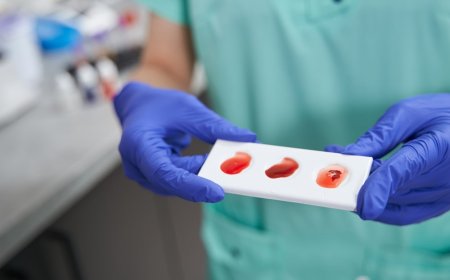

&srotate=0)








